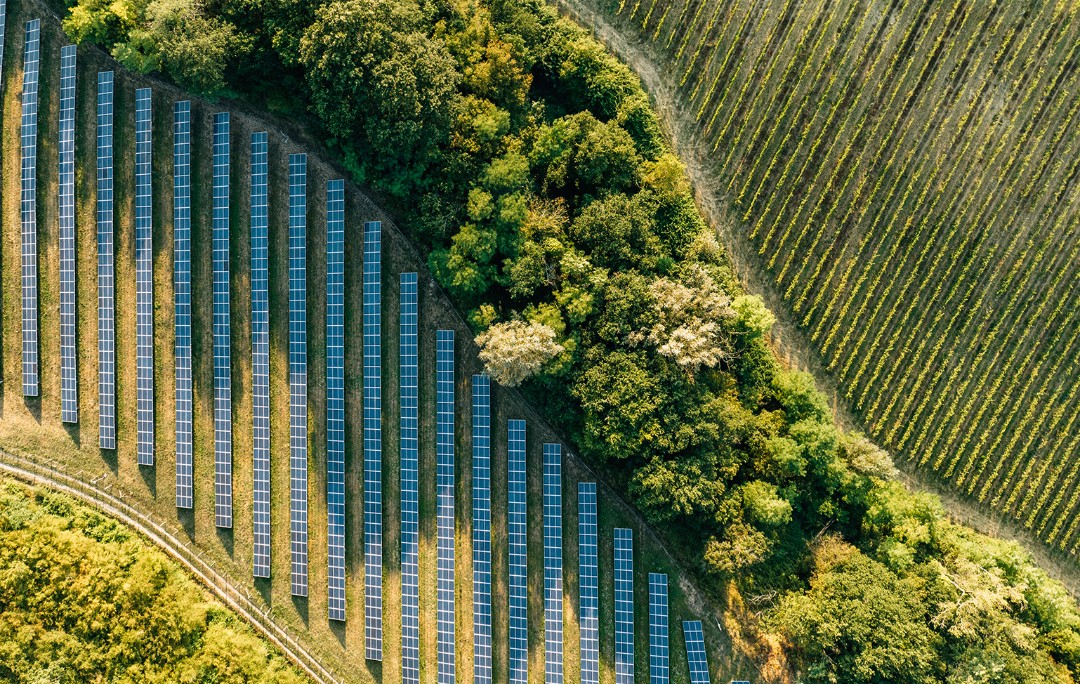Closing the Gap: Turing Green Premium into Shared Value

In many industries, sustainable products and technologies still carry a higher price tag than their higher-emissions counterparts. This “green premium” often stems from higher material sourcing costs, more complex production , and the upfront investment required for cleaner technologies, especially before they reach large-scale production.
But the green premium is not a fixed cost to be endured. It is a transitional cost, one that can be minimised and potentially down to zero through smarter design, economies of scale, and systemic change. The transformation of solar photovoltaics offers proof: prices have plunged by over 90% since 2010 as innovation accelerated and adoption soared.
Focusing solely on upfront price also obscure the full equation. Sustainable solutions often reduce long-term costs by avoiding negative externalities such as high emissions, excessive water use, and waste management expenses. In total cost of ownership terms, they can deliver greater value than cheaper, high-impact alternatives.
.jpg)
Businesses have a critical role to play in closing the gap. Strategic investments such as R&D, process innovation, and scaling can turn breakthrough ideas, like Waterless Dyeing Technology, into commercially viable solutions that reduce environmental impact without burdening the customer. This not only builds competitive advantage through product differentiation and customer trust but also shows that environmental gains and market success can be mutually reinforcing.
But systemic change requires shared responsibility. Policymakers can accelerate the shift through incentives and fair regulation. Investors can back the ventures that speed adoption. Consumers can fuel demand and keep materials circulating through mindful purchasing and recycling.
When benefits are recognised and systems align, sustainable solutions stand on their own merit. The green premium lingers where markets lag behind. With innovation, targeted investment, and collective will, it can fade into the background, leaving sustainability as simply the way the world works.
<span class="story_highlight">Research is based on information from US EPA, Yale Environmental Review, and Breakthrough Energy.</span>

